Alexandru Buium, and Phyllis J. Cassidy Hyman Bass, Hyman Bass, Alexandru Buium, Phyllis Cassidy0821805428, 9780821805428
The work of Joseph Fels Ritt and Ellis Kolchin in differential algebra paved the way for exciting new applications in constructive symbolic computation, differential Galois theory, the model theory of fields, and Diophantine geometry. This volume assembles Kolchin’s mathematical papers, contributing solidly to the archive on construction of modern differential algebra. This collection of Kolchin’s clear and comprehensive papers–in themselves constituting a history of the subject–is an invaluable aid to the student of differential algebra. In 1910, Ritt created a theory of algebraic differential equations modeled not on the existing transcendental methods of Lie, but rather on the new algebra being developed by E. Noether and B. van der Waerden. Building on Ritt’s foundation, and deeply influenced by Weil and Chevalley, Kolchin opened up Ritt theory to modern algebraic geometry. In so doing, he led differential geometry in a new direction. By creating differential algebraic geometry and the theory of differential algebraic groups, Kolchin provided the foundation for a “new geometry” that has led to both a striking and an original approach to arithmetic algebraic geometry. Intriguing possibilities were introduced for a new language for nonlinear differential equations theory. The volume includes commentary by A. Borel, M. Singer, and B. Poizat. Also Buium and Cassidy trace the development of Kolchin’s ideas, from his important early work on the differential Galois theory to his later groundbreaking results on the theory of differential algebraic geometry and differential algebraic groups. Commentaries are self-contained with numerous examples of various aspects of differential algebra and its applications. Central topics of Kolchin’s work are discussed, presenting the history of differential algebra and exploring how his work grew from and transformed the work of Ritt. New directions of differential algebra are illustrated, outlining important current advances. Prerequisite to understanding the text is a background at the beginning graduate level in algebra, specifically commutative algebra, the theory of field extensions, and Galois theory. | |
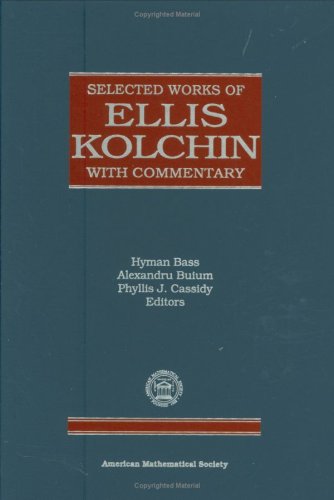

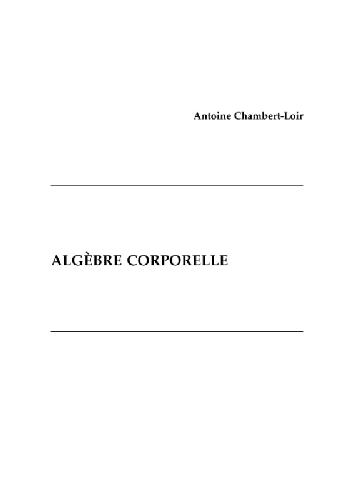

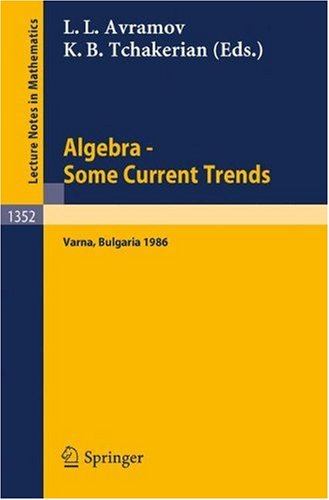
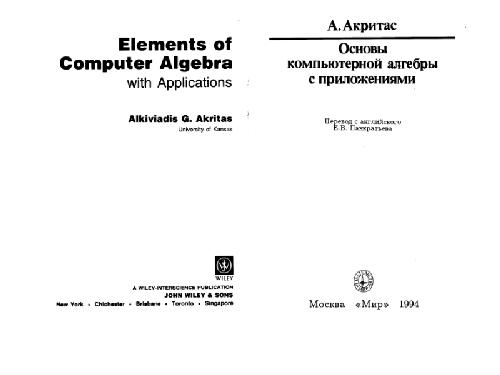
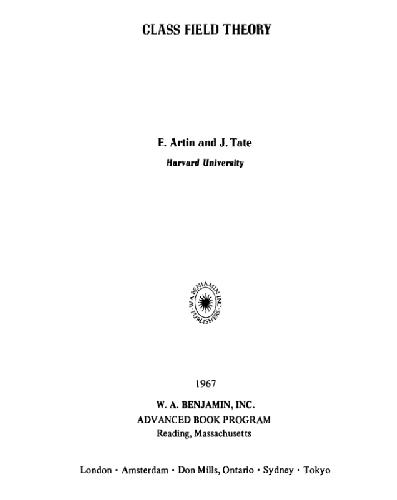
Reviews
There are no reviews yet.